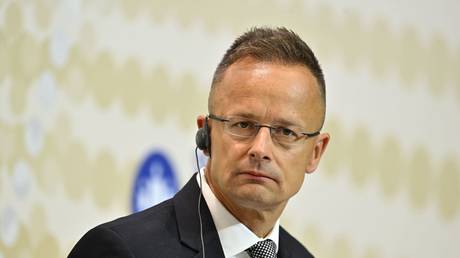LONDON – Rio Tinto, one of the world’s leading mining corporations, is grappling with a series of escalating worker revolts and labor disputes across its global operations. These confrontations, rooted in long-standing grievances over working conditions, precarious labor practices, and union rights, have painted a picture of a company struggling to reconcile its profit-driven model with the demands of its workforce. The recent surge in organized labor action has become a prominent case study in 21st-century labor relations and corporate accountability.
Australian Workers Push for Collective Bargaining
The most recent flashpoint emerged in Australia, where workers at the Paraburdoo iron ore mine in Western Australia's Pilbara region initiated a groundbreaking push for collective bargaining.
Canadian Strikes and a History of Confrontation
The labor disputes in Australia echo a similar, successful revolt in Canada. In 2021, approximately 900 workers at Rio Tinto’s Kitimat aluminum smelter in British Columbia launched a 69-day strike.
A similar strike took place in July 2025, when 180 United Steelworkers union members at Rio Tinto's iron and titanium operation in Sorel-Tracy, Quebec, went on strike.
A Global Movement for Workers' Rights
These localized conflicts are part of a broader, globally coordinated effort by unions to hold Rio Tinto accountable.
The current unrest is not without historical precedent. The company has a long and often contentious history of labor relations, dating back to the 1888 “Rio Tinto massacre” in Spain, where civil guards fired on protesting workers.
Company's Response and the Path Forward
In response to these persistent challenges and recent external reviews into its workplace culture, Rio Tinto has publicly acknowledged that "unacceptable and harmful" behaviors persist in some areas of its business. The company has implemented a long-term cultural change program, and a recent progress review found some positive signs of improvement.
The ongoing case of Rio Tinto and its workers stands as a critical example of the power of coordinated labor action in the face of a globalized corporate structure. As unions continue to press their demands for better pay, safer conditions, and a stronger voice in company operations, the mining giant's handling of the situation will continue to be a focal point for labor advocates and industry observers worldwide.










